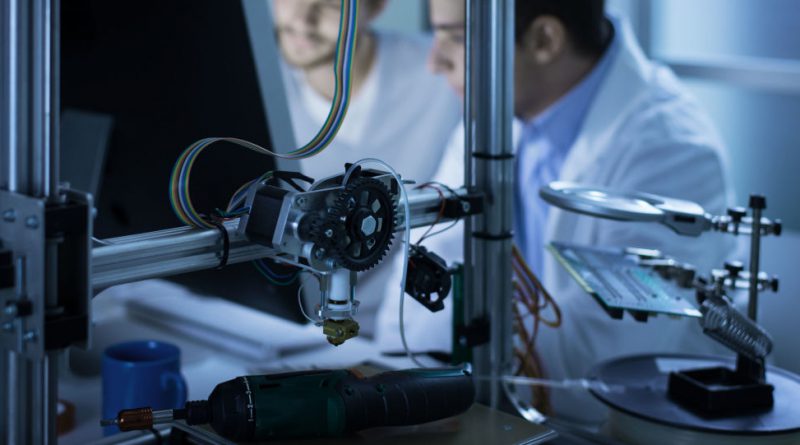What are the benefits of a 3D printer for the future of the industrial world?
Recent inventions and advances have increased the benefits of 3D printing to such an extent that it is now one of the most promising technologies in the world.
Incremental production or 3D Printing is a great advantage that opens a new way in the production of products and has many advantages over traditional methods.
There are many different types of 3D printing technologies, but the benefits discussed in this article are all-encompassing.
Less cost
Reduce device, material and labor costs
Reducing costs is important for all businesses, and this is one of the benefits of 3D printing. Production costs are divided into three categories, known as machine operating costs, labor costs, and material costs.
The cost of machinery and labor
The operating cost of the devices contributes very little to the overall cost of the process. While the energy required to produce parts in an industrial environment can be very high, the ability to produce and manufacture complex parts and products in a single step increases the level of efficiency and saves time. Therefore, the cost of setting up the machines is offset by the savings made during the production process.
Material cost
The range of materials used for 3D printing is growing, and this has led to lower prices over the years. But like the cost of labor, the overall cost is much lower than the traditional way.
Reduce shipping costs
One of the biggest advantages of a 3D printer is that it helps reduce the shipping distance of the product. Because 3D printers can create products from the bottom to the top, they enable designers to design in one country and send it to another country for production via email.
Less waste, more biomonitoring
Traditional production processes are mainly a reduction process, in that the raw material is repeatedly wasted and reused, which increases costs and waste. One of the advantages of 3D printing is the production of a product with very little waste, which is called incremental production.
Reduce production time
We live in a fast-paced world where everything is urgently needed, and so 3D printing in such an environment makes a difference. One of the great advantages of 3D printing is that it produces parts and products much faster than traditional methods. Complex designs can be created in the form of a CAD model and produced in a real way after a few hours.
Increase competitive optimization
In business, it is important to show your product to customers or investors; But producing products that you may not like can be costly, so it is often enough to describe the product. This creates a risk of misunderstanding in the conversation and can lead to some serious problems. One of the advantages of 3D printing is that it allows the physical product to be produced quickly and eliminates any worries about misunderstandings.
Market testing
Ensuring the success of a product requires a lot of research, especially in traditional production methods. However, 3D prototype production allows businesses to receive feedback from potential buyers and investors in an unprecedented way. The product can be customized and modified to the last minute, which is not possible in traditional ways. Thus, 3D printing is a unique and valuable way to ensure the potential for success of a product in the market.
Reduce problems and challenges
During the traditional production process, defective prototypes waste a lot of time and money. With any defective specimen, you must return to the drawing board, and there is no guarantee that the latter will be correct. Even small reforms have a huge financial and time impact on the whole process. 3D printing solves this problem because the designs can be checked and modified by creating a prototype before final production. This increases the confidence in the pre-investment design and the product is produced with more confidence for distribution in the market.
Reliability
Prototyping and internal construction with a 3D printer will ensure that the designs do not leave the company’s premises and your intellectual property is preserved. No third party can name your innovations. Every new design is stored on site, so there is no need to worry about its confidentiality.
Requested production
Complete freedom in design is one of the great advantages of 3D printing. Designers are also able to customize the designers. 3D printing is ideal for disposable production and individual parts, meaning there is always the ability to customize. Therefore, many industries such as medicine and dentistry have embraced 3D Print for the production of implants and accessories.
Conclusion
The ability to print complex shapes and interconnected parts without the need for any assembly makes 3D printing unique. It is possible to create small and complex parts with very little cost and in a short time. This process flies the imagination because there are almost no boundaries to it. This can revive old designs that have become obsolete.
